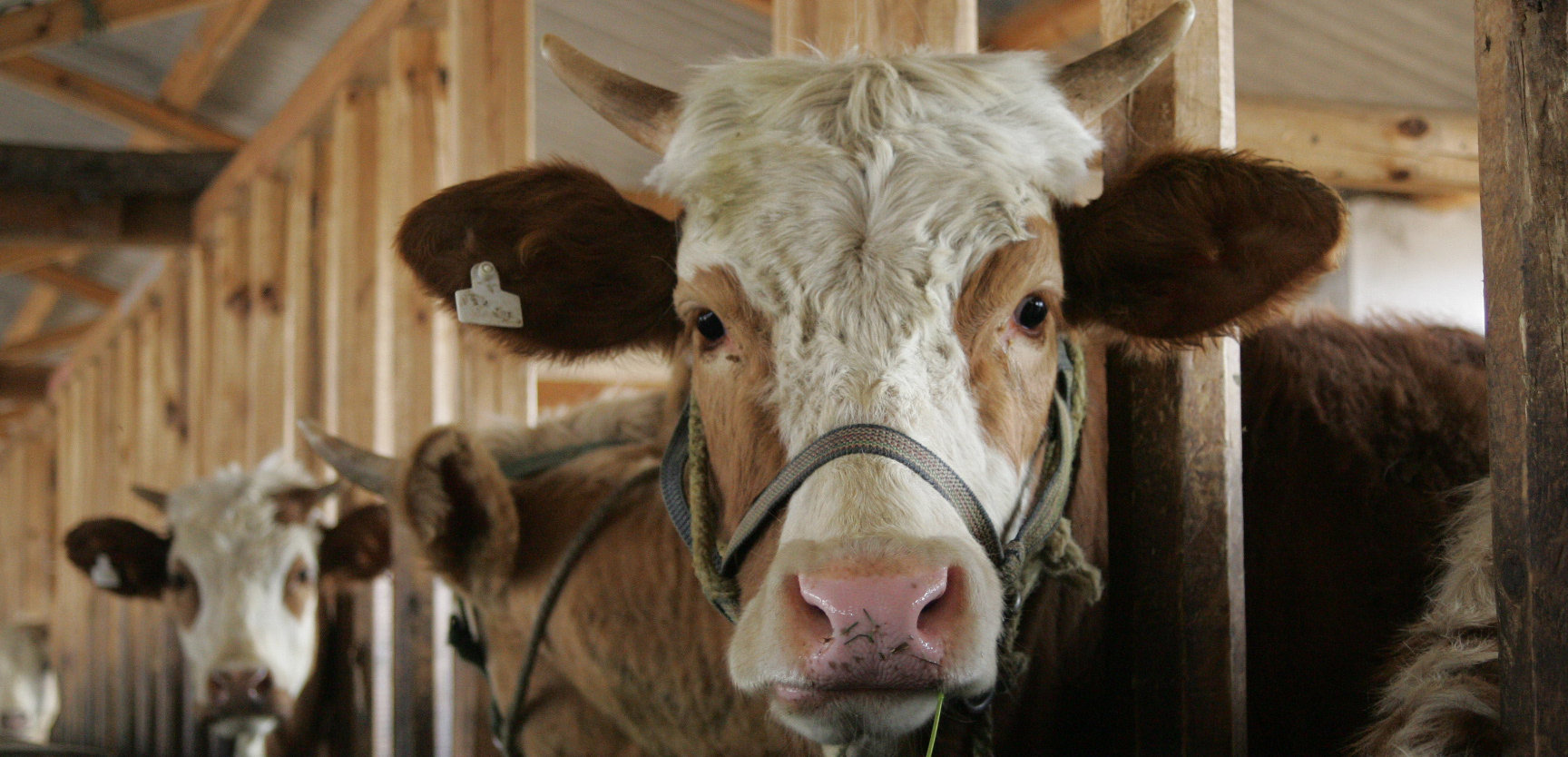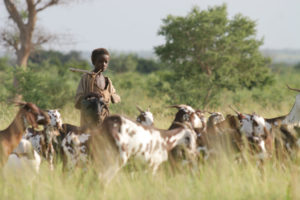
Cattle kept in a communal dairy feeding centre in Yunnan, China. Photo: ILRI/Stevie Mann
The global livestock sector supports about 1.3 billion producers and retailers around the world, and is a significant global economic contributor. This sector is also an important source of greenhouse gases, which includes carbon dioxide, methane and nitrous oxide.
Now, a new study from an international team of scientists — including Colorado State University’s Richard Conant — has found that this sector could significantly reduce greenhouse gas emissions, a priority for organizations including the United States Environmental Protection Agency. This could be accomplished while maintaining the economic and social benefits from the livestock sector.
The team found that better management of livestock and land could account for up to half of the greenhouse gas emissions mitigation potential from agriculture.
Conant, associate dean and professor, Department of Ecosystem Science and Sustainability, is one of the authors on the new analysis, published March 22 in Nature Climate Change. Mario Herrero, chief research scientist at the Commonwealth Scientific and Industrial Research Organisation in Australia, is the lead author.

“Manufacturing livestock products requires emission of greenhouse gases,” explained Conant. “Ruminant livestock — including cattle, sheep and goats — emit methane. Producing feed for the animals requires nitrogen inputs and you have conversion of land, too. All of these things drive the release of greenhouse gases.”
Global production of livestock is expanding at a fast clip: Beef and milk production have more than doubled over the past 40 years, while pig and poultry production have expanded by a factor of five or more in some parts of the world.
Conant and study authors — who hail from Austria, Kenya, United Kingdom, Sweden, Italy, the Netherlands and Germany — analyzed existing data for the study. Members of the team focused on specific areas, based on expertise, including ecosystem, carbon cycling and nitrous oxide emissions.
Herrero focused on animal nutrition, since he has developed databases and models to study methane emission in ruminant animals.
What are potential solutions that could reduce greenhouse emissions? Conant said companies and individuals working in the livestock sector should aim to increase the efficiency of the use of resources required to produce livestock products.
“An important thing to recognize is the number of ways to increase the efficiency,” he said. In the United States, for example, 60 percent more milk is produced now than in the 1940s, with about 80 percent fewer cows. “That’s a big increase in efficiency,” Conant noted.
“If we can make our production systems more efficient, that translates into things like having animals pregnant more consistently so they’re lactating more often, selecting animals that are more efficient milk producers, and making sure animals are healthy so they’re producing more high quality milk.”

Conant said increasing the efficiency of grazing systems is another way to reduce emissions. Livestock diets can be improved to reduce methane emissions, and the feed itself can be produced more efficiently. When land is overgrazed, we tend to lose stored carbon.
“If we graze the systems more responsibly, we can rebuild the stored carbon stocks,” he explained. “We can sequester carbon that would otherwise be in the atmosphere.”
This topic is even more important today, given the increase in human populations around the world. “People on a global scale are becoming more affluent,” Conant explained. “With more affluence, we’ll see more meat in diets.”
What’s next for the team? “This is a global scale synthesis that raises a lot of questions about what happens locally, where opportunities might be in different regions and countries,” Conant said. “At CSU, we’re making efforts not just to continue to research the field but we’re also trying to train students who can go out and put some solutions into practice.”
Not your father’s financial accounting
The Department of Ecosystem Science and Sustainability last fall welcomed its first class of students in the Master of Greenhouse Gas Management and Accounting program, which capitalizes on greenhouse gas and climate change expertise across CSU. The program allows students from a wide variety of academic backgrounds — environmental studies, business, engineering and more — to develop skills needed for emerging professions.
“If you’re in New Zealand and you want to develop a policy to reduce emissions from livestock,” this program is for you, Conant said. Similarly, if you’re a policymaker working on climate change, you’ll want to know how much certain interventions might cost and what the greenhouse gas emissions reduction will be.
Want to learn more about this topic? Read about a recent study led by CSU Professor Keith Paustian that describes how changes in land-use practices can help reduce the levels of greenhouse gases such as carbon dioxide, nitrous oxide and methane in the atmosphere.